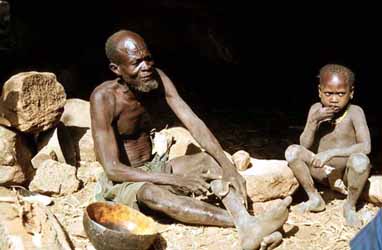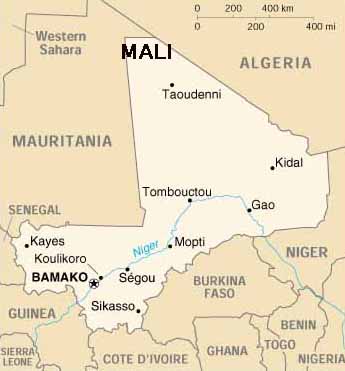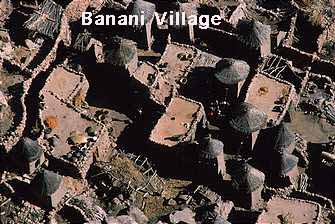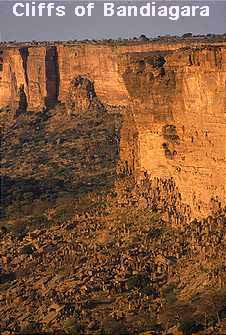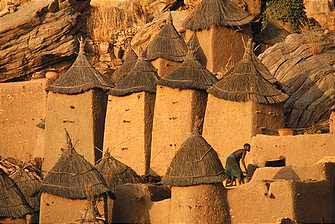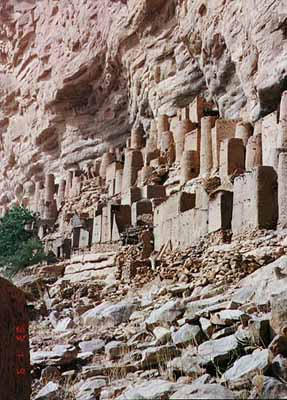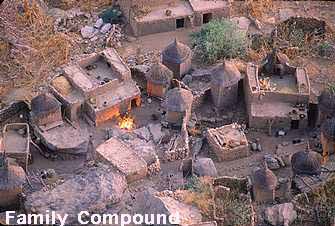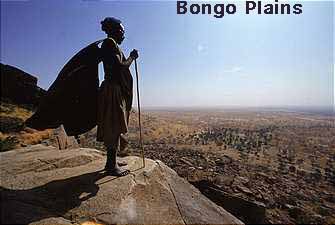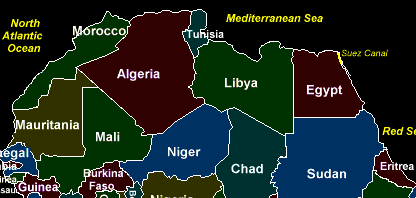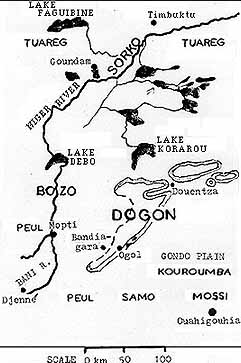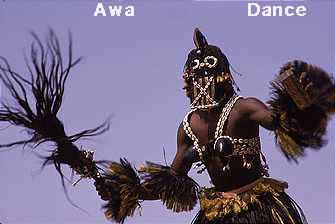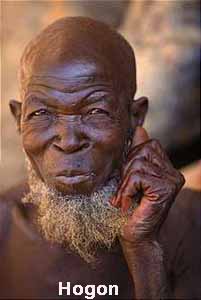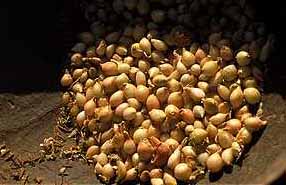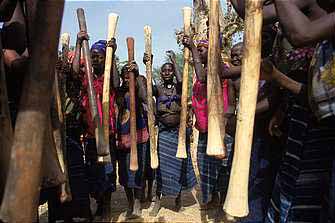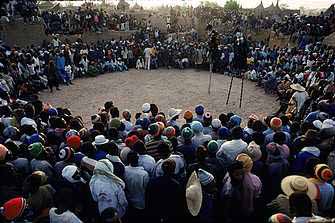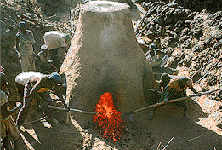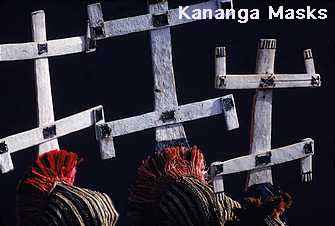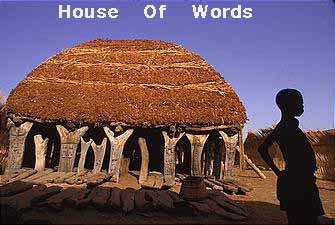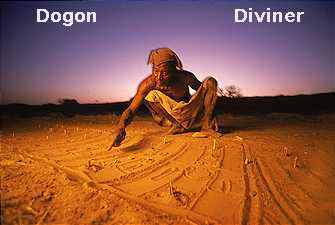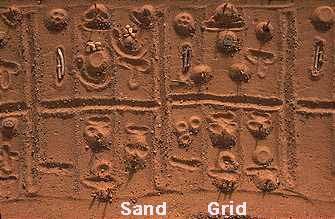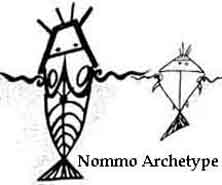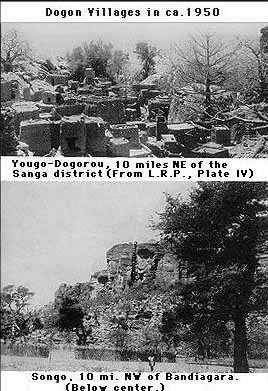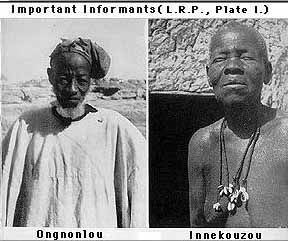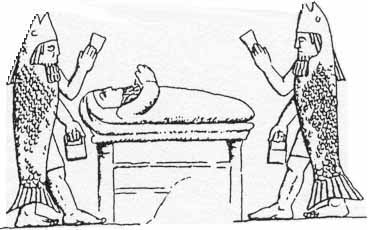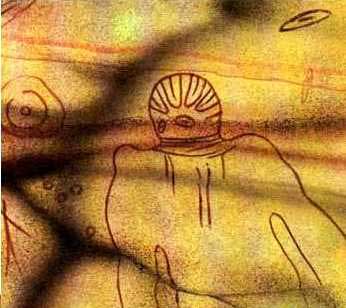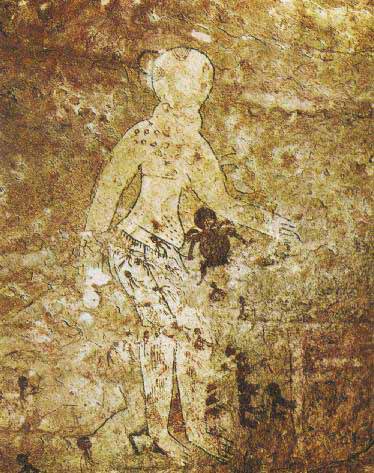Incense from Tibet and Nepal
The
incense from Tibet, Nepal and Bhutan are among the most natural incense
in the world. These incenses are made with up to 100 natural
ingredients; the plants, flowers, grass, leaves, woods, spices, aromatic
herbs and resins from the beautiful regions of the Himalayas.
Ingredients can be as 'common' as cinnamon, clove, and cardamom, to
exotics such as kusum flower, ashvagandha, or sahi jeera. Pure and
natural, many Tibetan/Nepali incenses are actually made to inhale for
their 'medicinal' benefits, the recipes prepared using strict vedic
formulas which are based on ancient medical tantra texts that have
remained unchanged for centuries. Some recipes are literally from the
time of Buddha.
Incense from these regions can come in many different forms: dhoop sticks, powders, or rope.
The scents can range from sweet to earthy, spicy to hot. But all are
wonderful for relaxation, meditation, purifying, offerings or just
scenting one's surroundings
masala incense
By "masala" we mean the incense is made in a method in which natural resins such as balsam and a complex combination of oils and herbs are combined together to form a 'dough' like mixture. This mixture is then rolled onto a bamboo stick then lightly coated with sandalwood powder. This masala method is quite time consuming and costs much more to produce than a perfumed incense, the result is a far superior incense which burns very slowly and the after aroma can remain for days.
Tibetan Incense
mainly refers to a particular style of incense found in Tibet, Bhutan,
and Nepal. The incense represents the traditional Tibetan culture. The
incense was used by Tibetans as a mark of highest respect to pay tribute
to the Chinese Emperor. These incenses contain 30 or more herbal
ingredients. Tibetan incense does not use stick within it only to
maintain its purity.
Tibetan incense has a beautiful history which is traced back to both the Bon, the traditional religion of the Himalayan region and Hindu traditions. You can find some of the oldest accounts of its use in the ancient Hindu texts date back to over 3000 years. During that era the Tibetan people particularly the Bon priests had started using incense for offering to the deities.
When Buddhism was initially introduced during the period of the Tibetan Empire, some Bon practices including incense offering were already assimilated into their traditions. The texts also reveal that the Tibetans had mastered the local production of incense by using Hindu recipes added with the local production techniques even before the arrival of Buddhism.
The traditional incense making was almost lost at the time when the Muslims invaded India and lodged an oppressive attack on the Buddhism. Fortunately, Buddhists monks in the Tibetan monasteries could manage to hide the invaluable scriptures that contained incense making recipes. In 1959, when the Chinese annexed Tibet, thousands of Tibetans who were forced to vacate Tibet had come to India bringing back with them those scriptures containing the recipes of incense making. This is the reason for which you will find that most of the makers of these products are Tibetan refugees in India.
One of the uses of Incense is for simple rituals. In Tibetan culture this simple ritual has a very important spiritual meaning. It is considered to be an act of offering which is selfless and generous devoid of worldly concerns. The fragrance of the Incense awakens and relaxes our senses and brings back positive energy to the soul. Tibetan Incense teaches us a valuable lesson about the human life. As the stick gets ignited, it burns brightly making the aroma floats across the open space just like ups in the life. Similarly, as the stick burns out and gets shorter gradually ultimately fading away into ashes that symbolize the end of the life. Thus, it teaches that in life nothing is permanent.
Apart from these teachings on values, this Incense also includes special medicinal and therapeutic substances derived from herbs, flowers and minerals. In medical field in Tibet, incense is recognized as a way of treatment for various ailments. This information is available in Tibetan medical books.
Similar to the past when this Incense remained as a fundamental part of Tibetan culture and life, in today's context also Tibetan Incense has gained solid ground world over. It has reached thousands of households everywhere on the earth. One of reasons for its popularity is certainly the desire for people let this incense help them relax and get in touch with their Divine Inner Selves.
Tibetan incense has a beautiful history which is traced back to both the Bon, the traditional religion of the Himalayan region and Hindu traditions. You can find some of the oldest accounts of its use in the ancient Hindu texts date back to over 3000 years. During that era the Tibetan people particularly the Bon priests had started using incense for offering to the deities.
When Buddhism was initially introduced during the period of the Tibetan Empire, some Bon practices including incense offering were already assimilated into their traditions. The texts also reveal that the Tibetans had mastered the local production of incense by using Hindu recipes added with the local production techniques even before the arrival of Buddhism.
The traditional incense making was almost lost at the time when the Muslims invaded India and lodged an oppressive attack on the Buddhism. Fortunately, Buddhists monks in the Tibetan monasteries could manage to hide the invaluable scriptures that contained incense making recipes. In 1959, when the Chinese annexed Tibet, thousands of Tibetans who were forced to vacate Tibet had come to India bringing back with them those scriptures containing the recipes of incense making. This is the reason for which you will find that most of the makers of these products are Tibetan refugees in India.
One of the uses of Incense is for simple rituals. In Tibetan culture this simple ritual has a very important spiritual meaning. It is considered to be an act of offering which is selfless and generous devoid of worldly concerns. The fragrance of the Incense awakens and relaxes our senses and brings back positive energy to the soul. Tibetan Incense teaches us a valuable lesson about the human life. As the stick gets ignited, it burns brightly making the aroma floats across the open space just like ups in the life. Similarly, as the stick burns out and gets shorter gradually ultimately fading away into ashes that symbolize the end of the life. Thus, it teaches that in life nothing is permanent.
Apart from these teachings on values, this Incense also includes special medicinal and therapeutic substances derived from herbs, flowers and minerals. In medical field in Tibet, incense is recognized as a way of treatment for various ailments. This information is available in Tibetan medical books.
Similar to the past when this Incense remained as a fundamental part of Tibetan culture and life, in today's context also Tibetan Incense has gained solid ground world over. It has reached thousands of households everywhere on the earth. One of reasons for its popularity is certainly the desire for people let this incense help them relax and get in touch with their Divine Inner Selves.
BEDDELLIUM (gokul dhoop)
Prized thoughout the Himalayas this
natural Gugul (also Guggul and Gokul) resin is a wonderful aid to
meditation and puja. It is often burnt in monasteries during
empowerments and rituals to dispel negatvity.
Gugul is a sticky gum resin from the mukul myrrh tree, it plays a major role in the traditional herbal medicine of India. It was traditionally combined with other herbs for the treatment of arthritis, skin diseases, pains in the nervous system, obesity, digestive problems, infections in the mouth, and menstrual problems. In the early 1960s, Indian researchers discovered an ancient Sanskrit medical text that appears to clearly describe the symptoms and treatment of high cholesterol.
Gugul is a sticky gum resin from the mukul myrrh tree, it plays a major role in the traditional herbal medicine of India. It was traditionally combined with other herbs for the treatment of arthritis, skin diseases, pains in the nervous system, obesity, digestive problems, infections in the mouth, and menstrual problems. In the early 1960s, Indian researchers discovered an ancient Sanskrit medical text that appears to clearly describe the symptoms and treatment of high cholesterol.
Guggul has been a key component in
ancient Indian Ayurvedic system of medicine. But has become so scarce
because of its overuse in its two habitats in India where it is found —
Gujarat and Rajasthan that the World Conservation Union (IUCN) has
enlisted it in its Red Data List of endangered species.
Guggul produces a resinous sap known as
gum guggul. The extract of this gum, called gugulipid, guggulipid or
guglipid, has been used in Ayurvedic medicine, a traditional Hindu
medicine, for nearly 3,000 years in India
Series in which intrepid presenter Kate
Humble follows the ancient frankincense trade route of Arabia across the
amazing modern world of the Middle East.
Kate’s journey along the 2,000-mile trail
that first connected the Arab world with the West takes her on a quest
that’s steeped in history, searing with desert heat, and full of
characters and adventure.
Oman, Yemen and Saudi Arabia.
Kate begins her epic journey following high in the hills of southern
Oman. With her own supply of the precious resin, she walks with the Al
Mahri tribe – the descendants of the ancient traders – and their 300
camels along the original trail through the scorching Empty Quarter
desert. Crossing into Yemen, Kate arrives at the world’s first
skyscraper city, where her frankincense is used at the ritual blessing
of a newborn baby.
Saudi Arabia. With
unprecedented access, Kate enters the world of the nation’s richest man,
meets a remote mountain tribe whose ancestors once guarded the trade
routes and who live at the fringe of Saudi society today, and explores
the treasures of an untouched shipwreck that once carried frankincense
on the crystal-clear waters of the Red Sea. Travelling by camel, glider
and boat, she traces the 1,000-mile trail through the Kingdom and
discovers the modern nation and its people.
Egypt. This episode,
Kate Humble crosses the Red Sea from Saudi Arabia to Egypt following the
frankincense trail of the Pharaohs. Travelling the length of the Nile,
Kate enters Karnak, the world’s largest religious site. She looks at the
mummy of the once beautiful Queen of the Pharaohs, reveals the death
rituals of the Pharaohs in the vast tomb of the Pyramids of Giza,
jostles with thousands of ecstatic Christians, and in an extraordinatry
ceremony in the Sinai desert, she is cleansed of evil spirits.
Jordan and Israel. In
this final episode, Kate Humble concludes her remarkable frankincense
trail from Oman, across seven nations to Jordan, and on to Israel. She
reveals the secrets behind the ancient Jordanian stone city of Petra,
flies with a daredevil female pilot over the Sinai desert, travels to
the sacred city Jerusalem, and finds out why a small plot of land is the
most contested site in the world. Kate ends her extraordinary journey
following in the footsteps of the Three Wise Men to Bethlehem.
THE SCIENCE OF SMUDGING: HOW SAGE ACTUALLY CLEANS BACTERIA IN THE AIR
The practice of smudging dates back to prehistoric times, and is still very much in use today worldwide for cleansing everything from dwellings to human spirits. However recent research has shed light on the popularity of this activity, revealing that burning certain plant matter actually clears harmful bacteria.
All Western use of burning herbs and plants for spiritual purposes aside, the activity rests firmly in the sensibilities of ancient cultures in that, historically, smudging was believed to put forth the spirits of various ‘allies’ to provide ease and balance to an individual or group.
In this way, the practice was used to clear spiritual and emotional negativity that has built up in a body or a space.
Of course, there are skeptics who belittle the practice as unscientific and akin to magic.
The practice has a negative association to a form of cultural imperialism, where traditions of dwindling indigenous populations are co-opted by the descendants of those who more-or-less conquered them.
The scientific paper entitled “Medicinal Smokes” and published in the Journal of Ethnopharmacology focuses a scientific lens on the practice, which is becoming more and more widely practiced, despite skepticism.
It serves to play against the role that this activity has played in a culturally diverse range of religions and tribal beliefs.
The research study looked into herbal and non-herbal remedies that were administered by the burning of various matter.
The research included information from 50 countries over 5 continents and found that, predominantly, smoke administered medicinally is mostly used to aid lung, brain and skin function. In addition, it was revealed that passive fumes doubled as a sort of air purifier.
The purpose of the study was to see whether or not these medicinal smoke deliveries could be explored by western medicine, because “The advantages of smoke-based remedies are rapid delivery to the brain, more efficient absorption by the body and lower costs of production.”
A follow up paper published in the same periodical, “Medicinal smoke reduces airborne bacteria,” found that the research concluded that, in addition to health benefits, smudging was a powerful antiseptic.

“We have observed that 1 hour treatment of medicinal smoke emanated by burning wood and a mixture of odoriferous and medicinal herbs (havan sámagri=material used in oblation to fire all over India), on aerial bacterial population caused over 94% reduction of bacterial counts by 60 min and the ability of the smoke to purify or disinfect the air and to make the environment cleaner was maintained up to 24 hour in the closed room.
Absence of pathogenic bacteria Corynebacterium urealyticum, Curtobacterium flaccumfaciens, Enterobacter aerogenes (Klebsiella mobilis), Kocuria rosea, Pseudomonas syringae pv. persicae, Staphylococcus lentus, and Xanthomonas campestris pv. tardicrescens in the open room even after 30 days is indicative of the bactericidal potential of the medicinal smoke treatment.
We have demonstrated that using medicinal smoke it is possible to completely eliminate diverse plant and human pathogenic bacteria of the air within confined space.”
In short, burning medicinal herbs cleared airborne bacterial populations by 94%, and the space was still found to be disinfected a day later. What’s more, a month after smudging, much of the pathogens originally found were still undetectable.
This has profound implications, as modern air quality in the developed and undeveloped world is atrocious, containing up to 1800 bacterial types, many of them pathogenic. With an increasing deadly array of antibacterial-resistant strains, we’ll need all the help we can get.
Conventional methods of sterilization often employ chemical cocktails that are typically much less effective than purported. Smudging seems to be an effective alternative, while also being natural and safe to use.
In conclusion, the ancient practice of burning powerful herbal material may be much much more than just a primitive belief that we can simply disregard due to it being unscientific.
Of course, this should not take away from the properties of smudging in the area of energy system and soul cleansing and in the power of aromatherapy.
Burning Incense Is Psychoactive: New Class Of Antidepressants Might Be Right Under Our Noses
Religious leaders have contended for millennia that burning incense is good for the soul. Now, biologists have learned that it is good for our brains too. An international team of scientists, including researchers from Johns Hopkins University and the Hebrew University in Jerusalem, describe how burning frankincense (resin from the Boswellia plant) activates poorly understood ion channels in the brain to alleviate anxiety or depression. This suggests that an entirely new class of depression and anxiety drugs might be right under our noses.
"In spite of information stemming from ancient texts, constituents of Bosweilla had not been investigated for psychoactivity," said Raphael Mechoulam, one of the research study's co-authors. "We found that incensole acetate, a Boswellia resin constituent, when tested in mice lowers anxiety and causes antidepressive-like behavior. Apparently, most present day worshipers assume that incense burning has only a symbolic meaning."
To determine incense's psychoactive effects, the researchers administered incensole acetate to mice. They found that the compound significantly affected areas in brain areas known to be involved in emotions as well as in nerve circuits that are affected by current anxiety and depression drugs. Specifically, incensole acetate activated a protein called TRPV3, which is present in mammalian brains and also known to play a role in the perception of warmth of the skin. When mice bred without this protein were exposed to incensole acetate, the compound had no effect on their brains.
"Perhaps Marx wasn't too wrong when he called religion the opium of the people: morphine comes from poppies, cannabinoids from marijuana, and LSD from mushrooms; each of these has been used in one or another religious ceremony." said Gerald Weissmann, M.D., Editor-in-Chief of The FASEB Journal. "Studies of how those psychoactive drugs work have helped us understand modern neurobiology. The discovery of how incensole acetate, purified from frankincense, works on specific targets in the brain should also help us understand diseases of the nervous system. This study also provides a biological explanation for millennia-old spiritual practices that have persisted across time, distance, culture, language, and religion--burning incense really does make you feel warm and tingly all over!"
According to the National Institutes of Health, major depressive disorder is the leading cause of disability in the United States for people ages 15--44, affecting approximately 14.8 million American adults. A less severe form of depression, dysthymic disorder, affects approximately 3.3 million American adults. Anxiety disorders affect 40 million American adults, and frequently co-occur with depressive disorders.



















